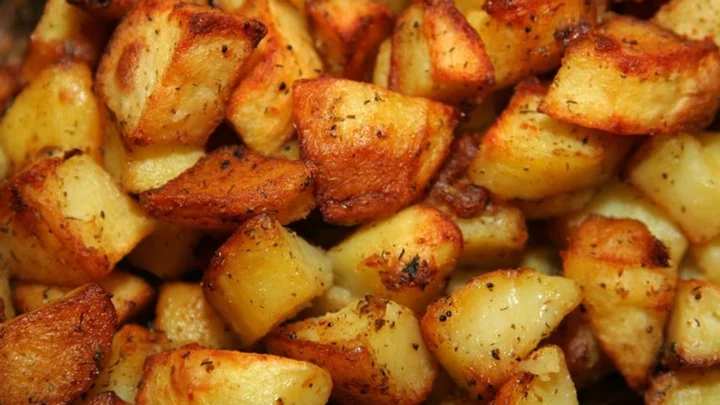A chemical reaction that gives food flavour could have helped evolution, one study suggests.
According to New Scientist, the Maillard reaction is when the temperature between sugars and amino acids rises above approximately 140°C. It often occurs in food such as toasted bread, meats and roasted vegetables.
Caroline Peacock at the University of Leeds wanted to explore whether it could happen at lower temperatures. To do this, scientists added iron or manganese minerals to a solution made up of sugar glucose and the amino acid glycine.
When the substance was incubated at 10°C, the process was sped up by around 100 times. The temperature is said to be similar to the seabed at the edges of continents.
Peacock and the team discovered that the Maillard reaction also occurs on the ocean floor, where iron and manganese minerals are often found. If this is the case, it could cause the carbon in sugars and amino acids to be stored in "large, complex polymers that microbes find harder to ingest," Peacock said, as per the publication.
Sign up for our free Indy100 weekly newsletter
"If you can get your carbon through the 1-metre danger zone [at the top of the sea floor], where carbon generally is attacked and degraded and turned back into carbon dioxide by microbes, that will lock it away from the atmosphere," she explained.
The team estimated that the minerals could lock away roughly 4 million tonnes of carbon every year. If this process didn't exist, the atmosphere could have warmed by a further 5°C over the past 400 million years, the study suggested.
"This process has such a profound impact on atmospheric oxygen," she says. "Because complex life forms require higher levels of oxygen, as they’re more energetically demanding, we think it’s reasonable to surmise this process had a hand in creating conditions required for complex life."
Have your say in our news democracy. Click the upvote icon at the top of the page to help raise this article through the indy100 rankings.

